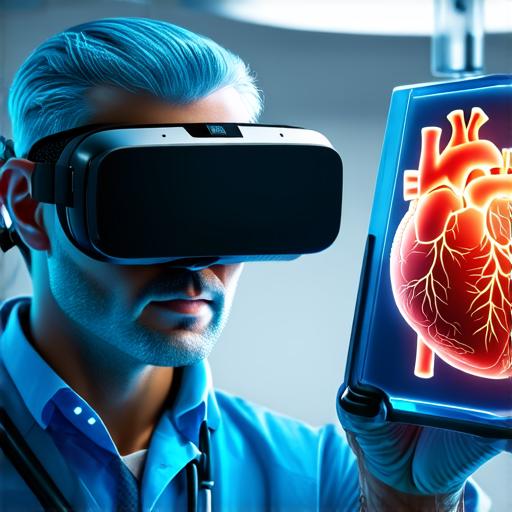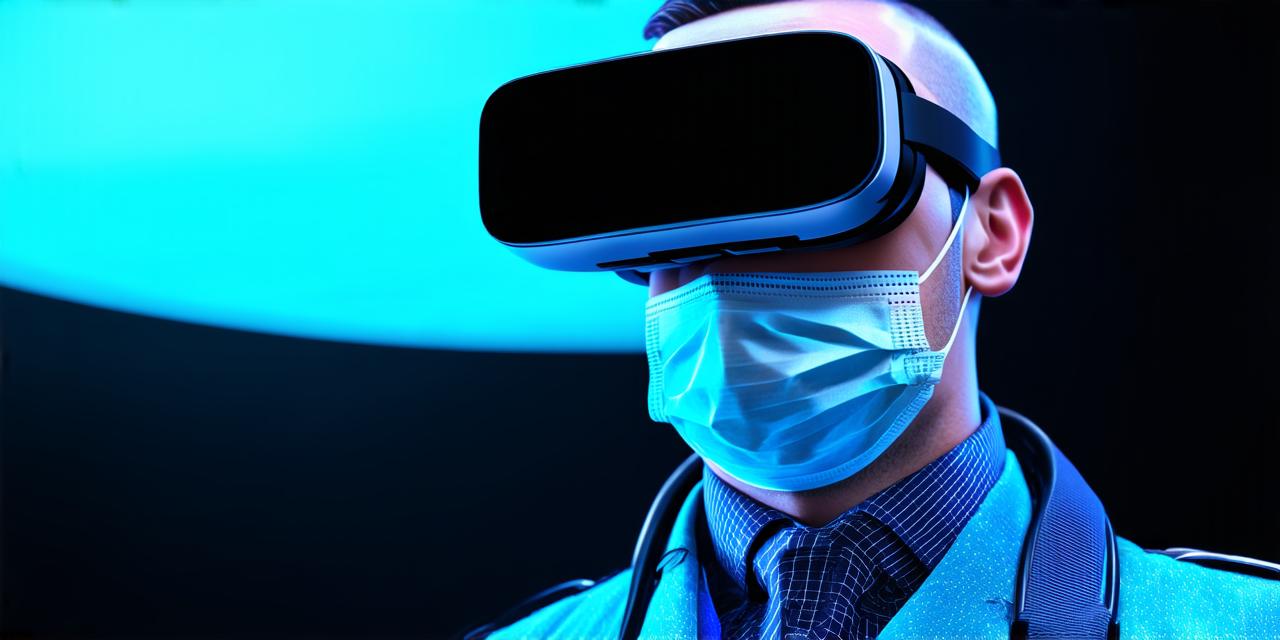Virtual Reality Transforming Healthcare
Virtual reality (VR) technology is transforming various industries, including healthcare. It offers immersive experiences that can simulate real-life situations, making it an ideal tool for medical training and patient care. In this article, we will explore the applications of VR in medicine and how it is changing the landscape of healthcare.

Virtual Reality in Medical Training
VR technology offers a safe environment for medical professionals to practice their skills without risking the safety of patients. With VR simulations, doctors and nurses can learn from their mistakes and improve their performance without any harm to real-life patients. For example, surgeons can practice complex procedures on virtual models before performing them on actual patients, reducing the risk of complications and improving outcomes.
Virtual Reality in Patient Care
VR technology has also found applications in patient care. It can be used to create immersive environments that help patients cope with pain and anxiety. For example, VR-assisted therapy has been used successfully in treating phobias, PTSD, and chronic pain. Patients can immerse themselves in a virtual world that distracts them from their pain or anxiety, making it easier for them to manage their conditions.
Virtual Reality in Medical Research
VR technology can also be used in medical research to simulate real-life scenarios and test theories. It allows researchers to study the effects of different treatments on virtual models before testing them on actual patients. For example, VR simulations have been used to study the effects of radiation therapy on cancer cells, allowing researchers to optimize treatment plans and improve outcomes.
Virtual Reality in Mental Health Treatment
VR technology has also found applications in mental health treatment. It can be used to create immersive environments that help patients overcome phobias, anxiety disorders, and PTSD. For example, VR exposure therapy has been used successfully in treating anxiety disorders such as social phobia, specific phobias, and panic disorder.
Case Studies
One example of the use of VR technology in medicine is the work being done by the Medical Realities company. They have developed a VR platform that allows doctors to practice complex surgeries on virtual models before performing them on real-life patients. The platform uses realistic 3D models and haptic feedback to simulate surgical procedures, allowing doctors to improve their skills and reduce the risk of complications.
Another example is the work being done by the University of Oxford in the use of VR for mental health treatment. They have developed a VR platform that allows patients to confront their fears and anxieties in a safe virtual environment. The platform has been shown to be effective in treating anxiety disorders such as social phobia, specific phobias, and panic disorder.
Expert Opinions
Dr. Richard Nason, a surgeon at Johns Hopkins University, believes that VR technology has the potential to revolutionize surgery. He says, “Virtual reality allows us to practice complex procedures in a safe environment, reducing the risk of complications and improving outcomes for patients.”
Professor David Emerson, a psychologist at the University of Oxford, agrees. He says, “VR technology can be used to create immersive environments that help patients cope with pain and anxiety. It has the potential to revolutionize mental health treatment.”
Summary
Virtual reality technology is transforming healthcare by providing immersive experiences that can simulate real-life situations. It offers a safe environment for medical professionals to practice their skills and a tool for patient care. VR technology has found applications in medical research, mental health treatment, and medical training. As the technology continues to evolve, it will undoubtedly become an integral part of healthcare.
